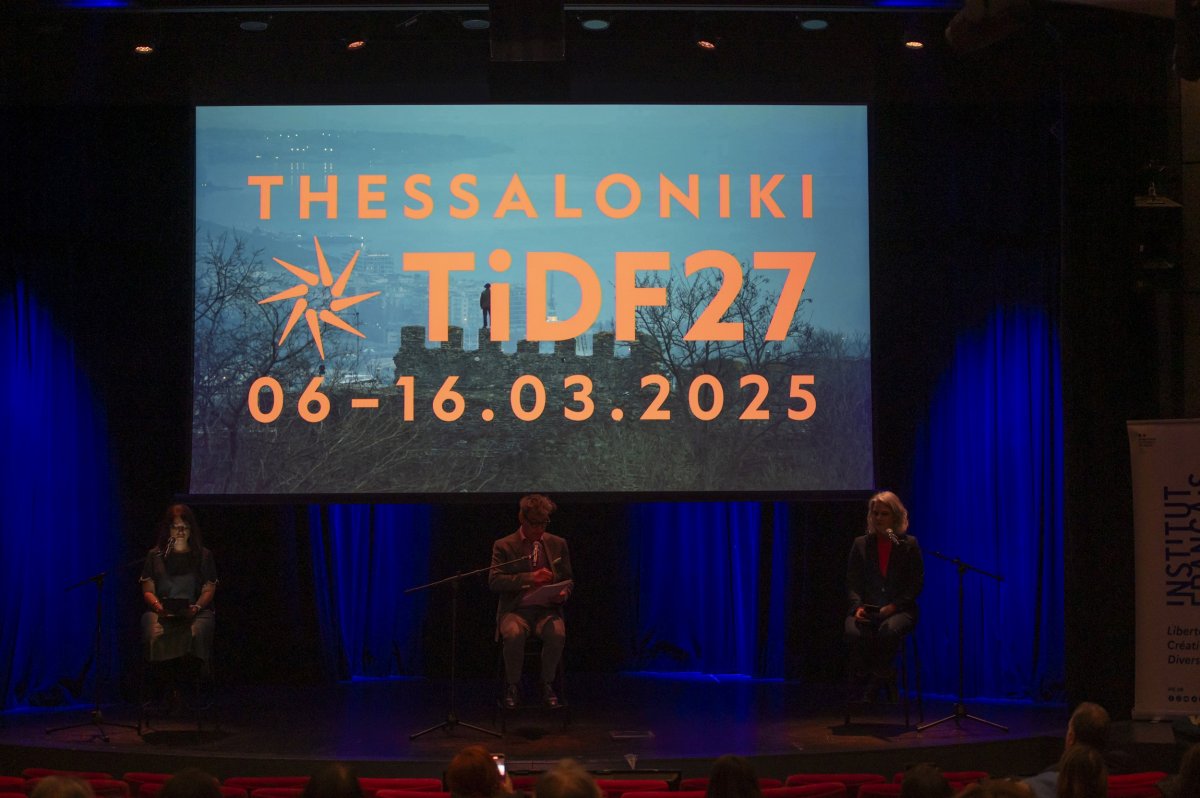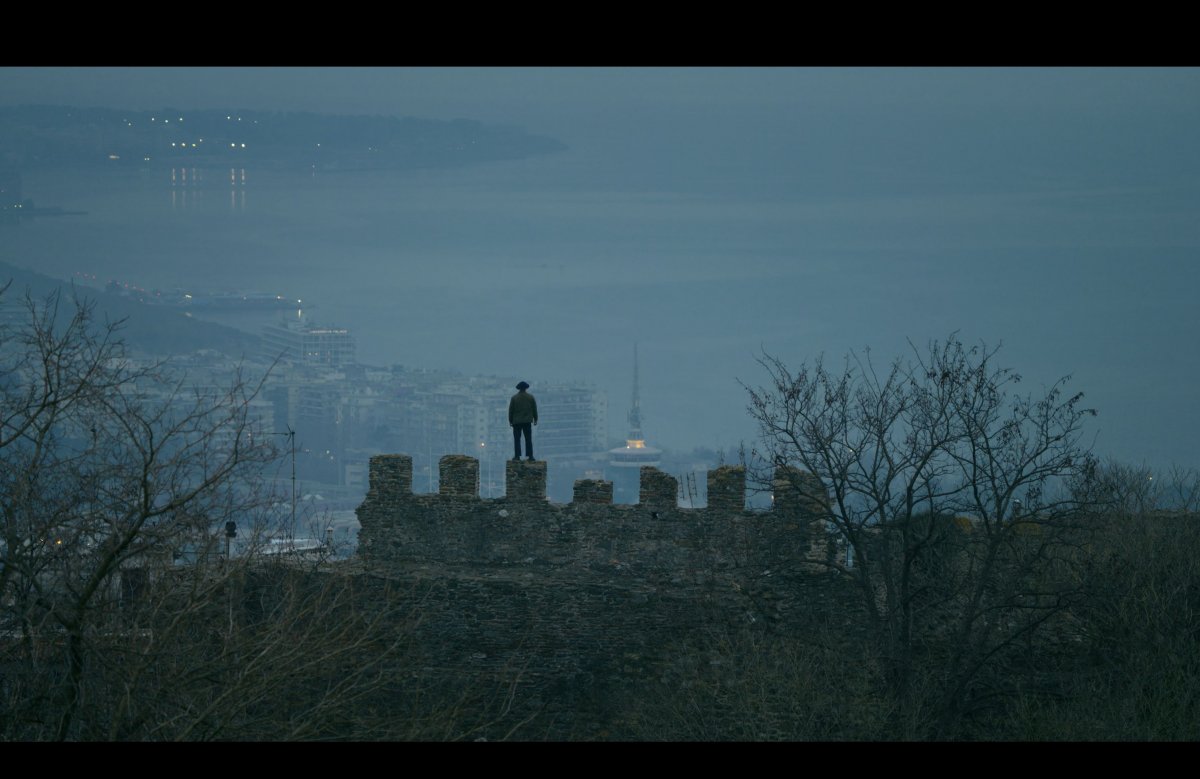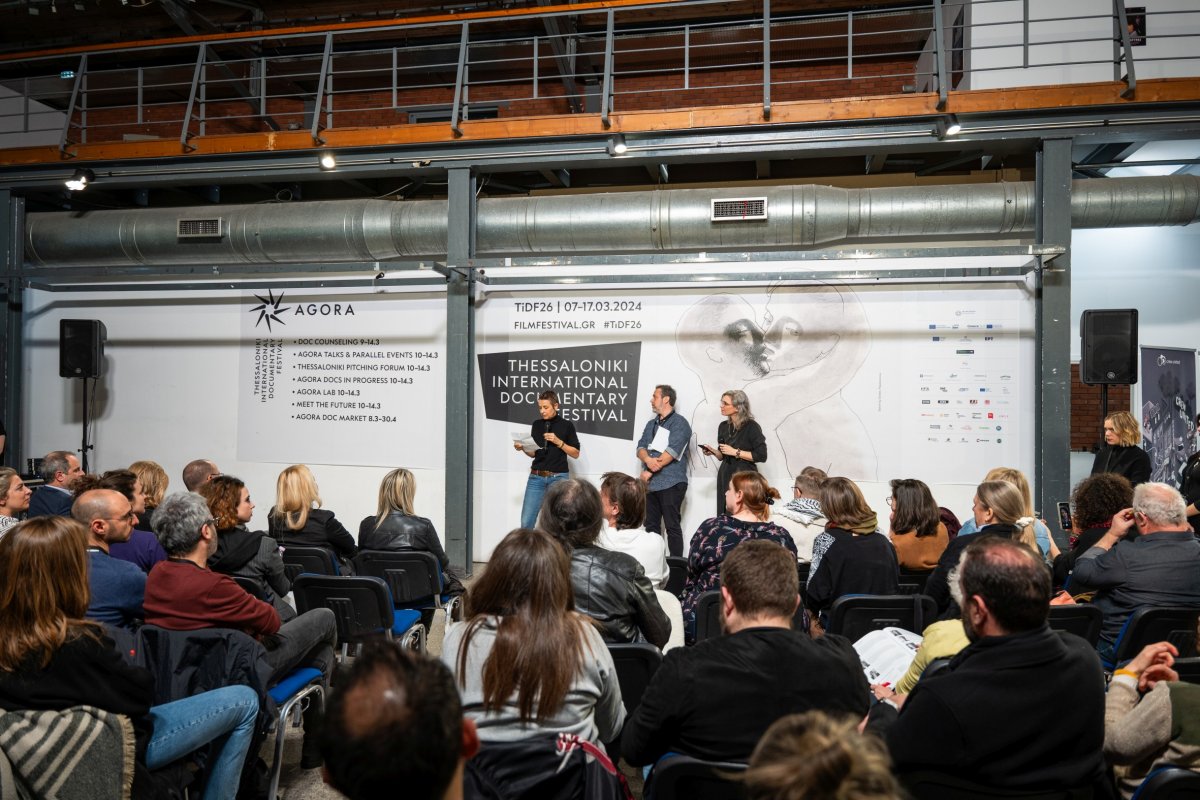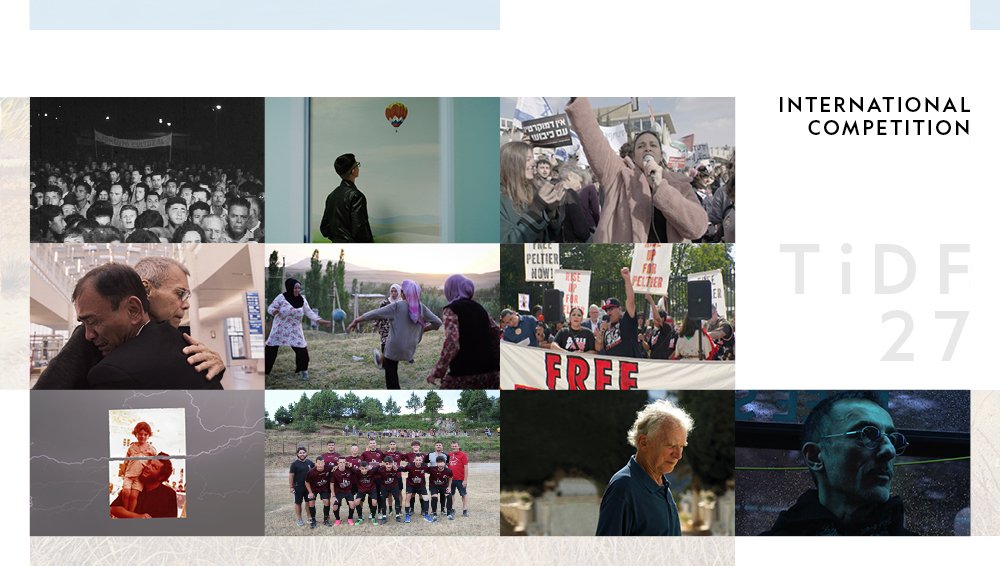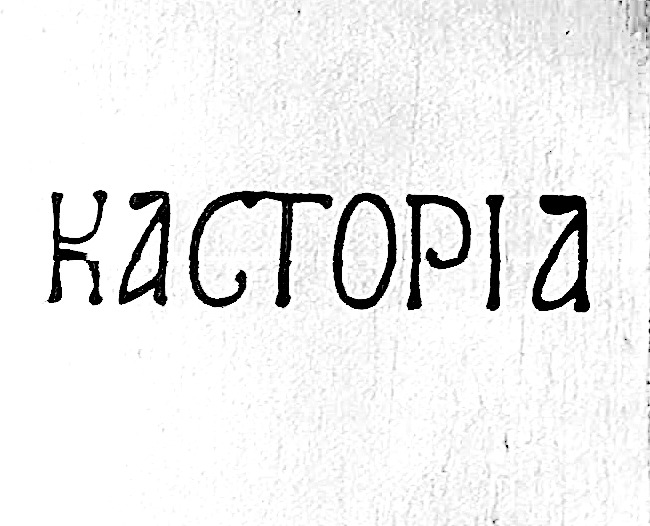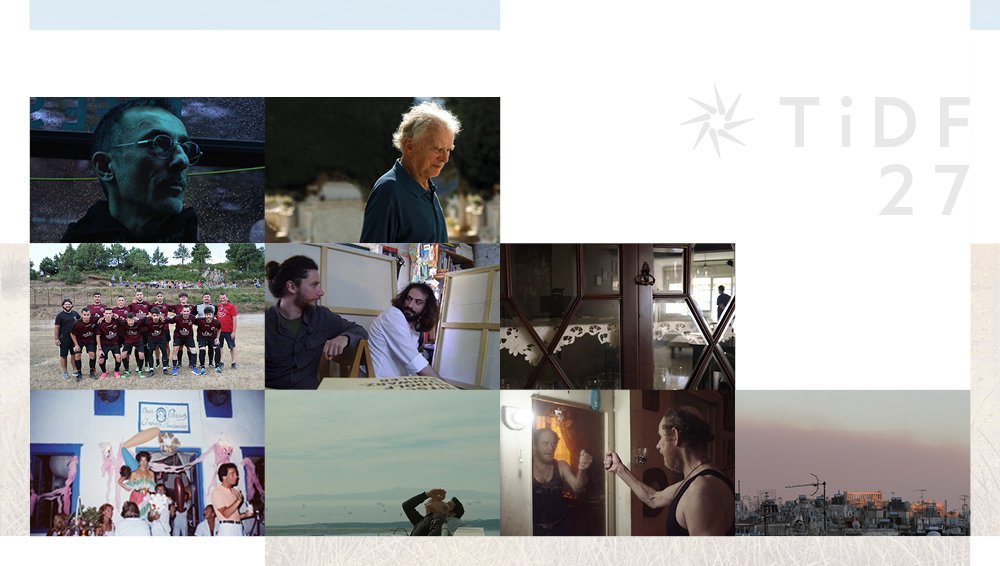1-10 November 2013
CLAIRE SIMON PRESS CONFERENCE
Claire Simon had a press conference on Friday, 8 November 2013, in the framework of the 54th Thessaloniki Film Festival. TIFF director Dimitri Eipides attended. The 54th edition of TIFF is hosting a tribute to the work of the French filmmaker.
In his opening remarks, Mr. Eipides welcomed Ms Simon to the Festival and noted: “I welcome Claire Simon; her presence here is an important success of the festival. I have been following her recent work, mostly her great documentaries, and less her fiction feature films. I recently watched her latest film, Gare du Nord, and I was engrossed. She has surprised me as a filmmaker, and I was wondering why we had failed so far to invite her to Thessaloniki. So I decided to pursue this idea to host a tribute to her work. Nowadays, numerous festivals take place all over the world, so directors are often tired from traveling, but I was hopeful that some day Claire Simon would be with us. And here she is now. I am proud to have her here and I hope we have the opportunity to welcome her and her future films again. I am expecting wonderful things from her.”
Taking the floor, Ms Simon first discussed the difficulties of filming Gare du Nord at the homonymous Paris train station. “This station is huge and I wanted to capture the vastness of the space in my film, to make it look realistic. I wanted to present the station in a documentary-like manner, not only through the stories of the characters. Having spent a lot of time at the station looking for human stories, I came to know it like the palm of my hand. Gare du Nord is like the ocean: it can intimidate you at first, but if you visit every day, you can see it changing endlessly, which makes you feel in a position of power; you realize there is nothing to be scared of.”
Ms Simon added: “I knew that I could not stay there filming for too long. Before this film, I had made several documentaries, so I knew how to handle the camera.
This place has a life of its own: everyone is moving fast, commuting to work, so they did not pay much attention to me while I was filming. Of course they wouldn’t’ be so casual if it was an American crew of 200 hundred people filming a scene with Brad Pitt. When our co-producer from French TV told us he would come to meet us at the station, I told him ‘if you are unable to find us, it means we are making a good film.’ And, sure enough, although we had a crew of 30 people, he was unable to find us.”
Commenting on her collaboration with professional and amateur actors and on how natural the scenes appear, Ms Simon explained: “I take it as a compliment when you say that the film feels natural and unforced. We worked hard to achieve that. I spent a lot of time searching for people and stories, and I also used real-life dialogues and characters. But I only used actors. The script and the narration combine fiction with documentary, but the film is entirely fiction. The amateur actors worked really hard to portray characters they shared common features with. Broadly speaking, it takes a lot of time to make dialogue sound natural.”
Ms Simon also commented on the diverse themes that her film touches on: “The most important theme is that of the masses, the multitude, and our relationship with it. There is always a multitude gathered at this station. Only rarely in your life do you experience such a crowd. The film is essentially about our relationship with other people, with a crowd that is not a mass, but simply an aggregate of many individuals. I think the film also touches on the issue of death, in the sense that you are never going to meet again the people you see there. Death is a very dynamic theme in this station. You meet people, some depart, and others disappear, while there is also the element of fear that the crowd will devour you. All the themes in the film revolve around the fact that the station is also a border. It is a metaphor for life: you arrive, you stay there, you move fast, you see other people, you wait for a long time, and then you depart and it is all over. I think Gare du Nord is the largest public space in France.”
Ms Simon then commented on a characteristic scene from her film On fire, where everything is consumed by fire: “I filmed the burning scenes myself. One summer, I visited the locations of the wildfires raging in France to film with my camera. I wanted my shots to be 100% authentic and — forgive me if I sound presumptuous- I believe I succeeded. It is true that the fire is bigger than the story, bigger than the film itself. To make it real, you have to make the audience feel it. I believe this is true of any film: reality is too big to capture on film. For example, the train station was also too big, which is why I made two films on the same subject. French critic Andre Bazin said about montage that to scare the audience you have to include both the man and the lion in the same shot. I did the opposite. I could have placed my protagonist in the fire, but I did not want to. I believe some feelings are impossible to convey in fiction films.”
Claire Simon is a versatile artist, who has worked as a scriptwriter, actress, cinematographer, editor and director. Commenting on her experiences in editing the filmmaker said: “Editing is extremely important, because it shows you how to build your narration. I sometimes blame myself for overusing long takes that cannot be edited. I do it because I want to capture a real moment in its entire duration. Perhaps I should change that.”
Commenting on the issue of absolute realism and if a film is a projection or reflection, she explained: “I believe the element of projection is both present and absent. It can be beautiful, but it can also become quite arrogant. I want my films to be real. I want to take reality and try to investigate it, to discover what is hidden inside it.”
Asked about her mid-career jump from the director’s chair to acting, she said: “It was a wonderful experience I had in Marie-Claude Treilhou’s film Un petit cas de conscience. I learned a lot. Like, for example, that actors are the ones diving in the swimming pools while the others stay out watching. This amazing experience enriched me and I believe that all directors should at some point step in front of the camera and perform for another director. The actor’s loneliness is immense.”
Commenting on her collaboration with French actress Nicole Garcia, who stars in both God’s Offices and Gare du Nord, Ms Simon said: “I really enjoyed it, Nicole is so authentic. I think she is the French Gena Rowlands. We worked really well together and our relationship has grown beyond that of actor-director, since Nicole is a director herself. In Gare du Nord she proved how focused and convincing she is. I met her on the set, but we have since become friends. I have great admiration for her.”
Tributes to filmmakers are among the actions of the 54th TIFF financed by the European Union - European Regional Development Fund, in the framework of the Regional Programme for Central Macedonia - 2007-2013.





